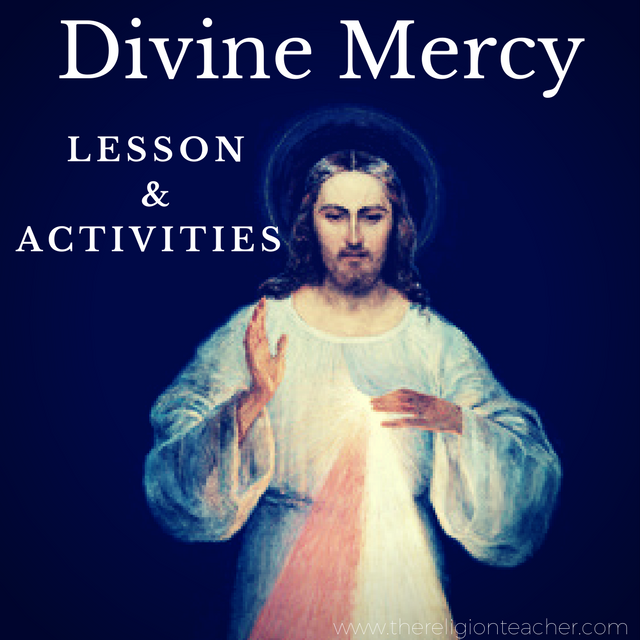The recent circular letter released by the Congregation for Catholic Education brought back to my attention the relationship between religious instruction and catechesis. “[Religious instruction] is different from, and complementary to, parish catechesis…” (Circular Letter to the Presidents of Bishops’ Conferences on Religious Education in Schools, 17). According to the General Directory for Catechesis, “there is an absolute necessity to distinguish clearly between religious instruction and catechesis” (GDC, 17).
How do religious instruction in Catholic schools and parish catechesis differ?
Setting
The most obvious difference is the setting. Religious instruction is set within a Catholic school while catechesis is set within a parish. Many schools and religious education programs share the same buildings and classrooms, but religious instruction is typically taught by paid teachers while catechesis is taught by volunteers from the parish community.
Aim
The “aim of catechesis…is maturity: spiritual, liturgical, sacramental and apostolic,” while the “aim of the school is knowledge” (The Religious Dimension of Education in a Catholic School, 68-69). Catechesis primarily aims to increase faith while religious instruction primarily aims to increase knowledge about the nature of Christian faith, Christian identity, and how Christians are trying to live their lives. This is not to say that religious instruction does not strengthen personal adherence to Christ nor is it to say that catechesis does not impart knowledge about the Christian life, but their primary aims are distinct.
Students
In catechetical religious education and CCD programs, the participants come from the Catholic parish community. In Catholic schools students are welcome from many parishes, other Christian faiths, and even other religious traditions. These differences have an impact on the type of instruction that is given to the students. It is a Catholic school’s right and duty to witness to its faith, but it must “at all times refrain from any manner of action which might seem to carry a hint of coercion” (Circular Letter…, 15). Instead this is an opportunity for “preevangelization,” the development of a religious sense of life (Religious Dimension…, 108)
Curriculum
While catechesis focuses on spiritual and moral development of the person, Catholic schools focus on the overall formation of the whole person. The purpose of a school is to be a place in which, “through a living encounter with a cultural inheritance, integral formation occurs” (The Catholic School, 26). The task of a Catholic school is to provide a synthesis of culture and faith, faith and life.
Religion as a School Discipline
Religious instruction in schools must appear as a “scholastic discipline with the same systematic demands and the same rigor as other disciplines. This, of course, means that student work in religion/theology in Catholic schools must be graded. However, religion should not be confined to religion classes. All subjects in a Catholic schools should be taught “according to their own particular methods (The Catholic School, 39), yet faith and culture should be integrated into every subject. For this reason, religious instruction is called in a special way to “seek interdisciplinary links with other course material” (The Religious Dimension…, 70).
“In this way the presentation of the Christian message influences the way in which the origins of the world, the sense of history, the basis of ethical values, the function of religion in culture, the destiny of man and his relationship with nature, are understood. Through inter-disciplinary dialogue religious instruction in schools underpins, activates, develops and completes the educational activity of the school.” (GDC, 73)
Conclusions
- Religion teachers must be mindful of the faith of the students they are teaching. When teaching non-Catholics, one’s goal should not be to convert. If this happens, great, but religious instruction is meant to impart knowledge about the Christian way of life not to force students to conform to that way of life who are being taught differently at home.
- At the same time, religion teachers should act as role-models of faith. The most effective way to teach about the Christian way of life is to live it out. Lead by example.
- In order to teach about the Christian faith, religious instruction must provide students with the opportunity to experience that faith. How could students learn about Christian prayer without witnessing, experiencing or participating in it?
- A common criticism of Catholic schools is that the graduates know a lot about the Catholic faith, but have little personal faith themselves. This is due in part to the aim of religious instruction. Catholic schools do not work alone. Religious instruction in Catholic schools is complimentary to catechesis, youth ministry, and other ministries of the word.
- Religious instruction must be interdisciplinary. This means religion teachers must work together with other teachers especially in social studies, science, and language arts.
- Religious instruction must be a scholastic discipline treated as any other discipline in the school. This means challenging assignments, assessments, and grades for both effort and performance in reaching course goals.



Jared, this was really helpful, as a beginning Catechist in my parish's CCD program. It helps to give the right perspective in beginning an important year with my second graders, especially after teaching in Catholic schools and wondering, "How do you do all of this in one class a week??" Thanks for posting!
Jared,
I stumbled on this post today. I think it is really good to make distinctions. My one concern is that today there is a great need to foster conversion within the classroom (in a Catholic School). Although Religious Instruction forms a foundation in a Catholic School setting, it is imperative that Catholic Schools helps bring about an encounter with Christ and a conversion/transformation in the spiritual lives of students.
Peace,
William